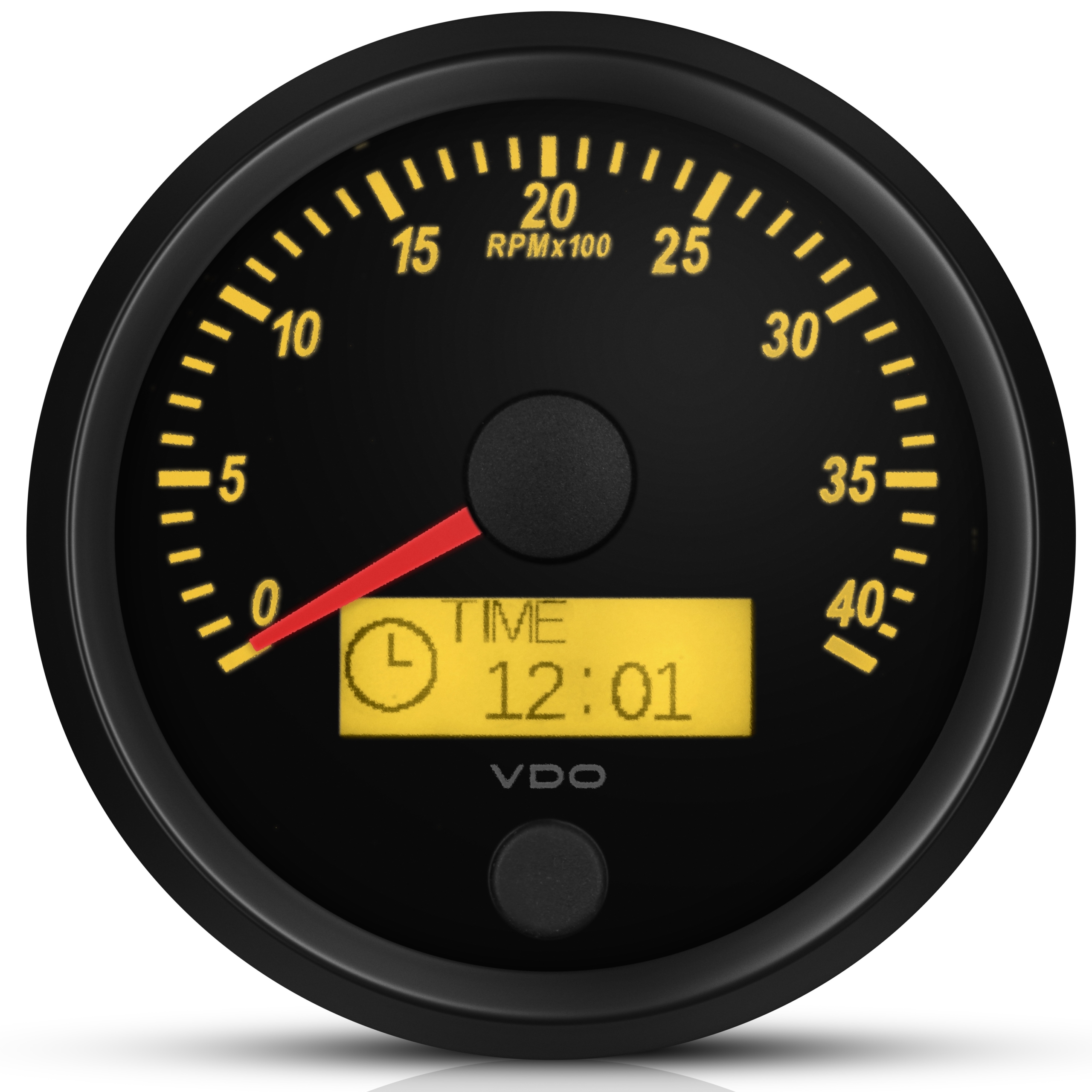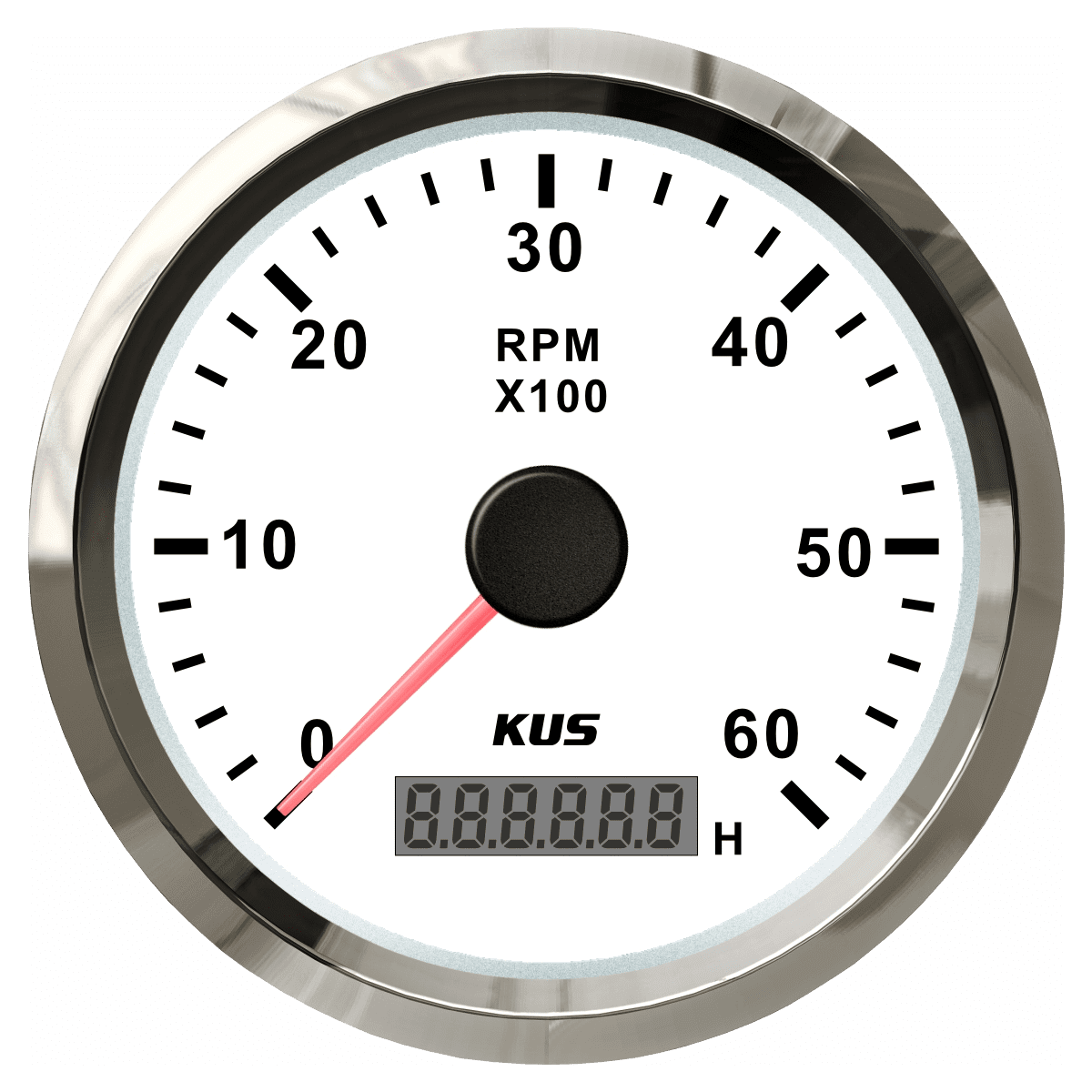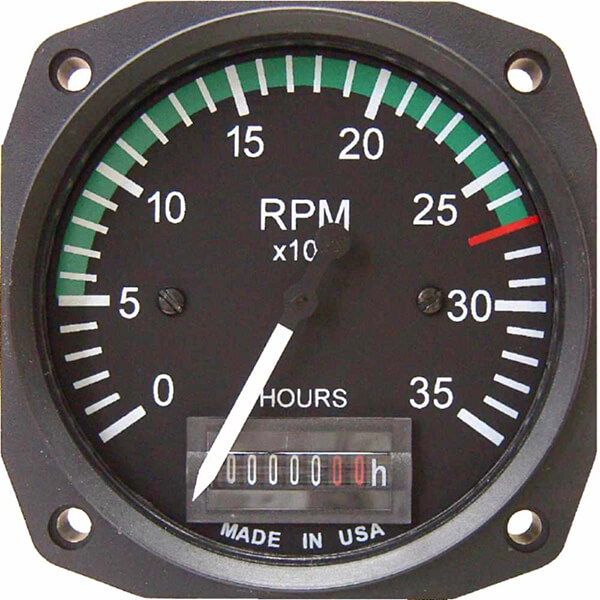Just How a Tachometer Helps Screen Engine Wellness and Performance
Just How a Tachometer Helps Screen Engine Wellness and Performance
Blog Article
The Relevance of a Tachometer in Monitoring Engine Speed and Performance in Automotive Applications
In the world of auto design, the tachometer stands as an essential instrument in the chauffeur's toolbox, giving a straight home window into the internal functions of an automobile's engine. Past its feature as a simple scale of transformations per minute (RPM), the tachometer offers as a crucial device for fanatics and experts alike, supplying real-time insights right into engine performance and health.
Relevance of Keeping An Eye On Engine RPM
Keeping an eye on engine RPM, or changes per min, is an important facet of vehicle upkeep and performance analysis. Engine RPM straight correlates with the speed at which the engine's crankshaft revolves, indicating just how swiftly the engine is running - tachometer. By monitoring RPM, technicians can analyze the health of the engine, identify potential issues, and fine-tune performance. An irregular RPM analysis may signify troubles such as engine misfires, damaged trigger plugs, or problems with the gas shipment system. Regularly high RPM analyses can suggest aggressive driving behaviors or the requirement for a higher equipment shift to improve gas effectiveness.
Moreover, checking engine RPM is vital for efficiency analysis in racing and high-performance cars. In recap, checking engine RPM is not just crucial for spotting problems however additionally for maximizing engine performance in various automobile applications.

Advantages of Real-Time Information
In auto applications, real-time information plays a crucial duty in giving immediate understandings into the performance and problem of the lorry. By continuously keeping track of numerous criteria such as engine rate, temperature level, fuel usage, and much more, real-time data uses many advantages that contribute to improved efficiency and safety when driving.
Furthermore, real-time data helps with performance optimization by giving instant responses on driving practices and engine performance. Chauffeurs can adjust their habits in real-time based on this details to accomplish better gas economic climate and lengthen the lifespan of their lorry.

In addition, real-time data plays an essential function in modern vehicle diagnostics, enabling service technicians to promptly diagnose and attend to breakdowns. This results in reduced downtime, lower maintenance expenses, and inevitably, improved overall automobile dependability and longevity (tachometer). By utilizing the power of real-time information, auto stakeholders can make informed decisions that positively affect both the efficiency and long life of the car
Effect on Equipment Shifts
The tachometer plays a crucial duty in optimizing gear changes by giving real-time engine rate data to the chauffeur. When approaching the redline on the tachometer, it signals the chauffeur to upshift to avoid over-revving the engine and creating potential damages.
Moreover, the tachometer help in achieving smoother gear changes, specifically in hand-operated transmissions. By checking engine speed, chauffeurs can execute equipment shifts at the optimum RPM variety, minimizing jerking activities and lessening wear on the transmission components. This precision on duty adjustments not just enhances driving convenience however also adds to fuel efficiency.
Enhancing Gas Effectiveness
Given the critical function the tachometer plays in optimizing equipment shifts for performance try this and engine health, it directly adds to maximizing gas efficiency in auto applications. By offering real-time responses on engine speed, the tachometer assists vehicle drivers in preserving one of the most effective RPM array for fuel economic situation. When chauffeurs consistently check the tachometer and adjust their motoring habits appropriately, they can stay clear of unnecessary gas intake brought on by over-revving or lugging the engine.
Additionally, the tachometer helps drivers identify one of the most fuel-efficient equipment read what he said to be in at any type of given moment, avoiding the engine from functioning tougher than necessary. This is particularly critical throughout acceleration and travelling, where being in the ideal equipment can significantly affect gas performance. Additionally, the tachometer can signal chauffeurs to potential mechanical problems that can be adversely affecting fuel economic climate, such as a sliding clutch or a blocked air filter. In verdict, the tachometer functions as a valuable tool in enhancing fuel effectiveness by promoting ideal driving routines and identifying areas for improvement in the car's performance.

Maximizing Engine Long Life
The tachometer's role in keeping an eye on engine speed and efficiency is important in ensuring the durability of auto engines. Keeping track of the tachometer permits chauffeurs to click for source remain within the advised RPM array for their car, protecting against unnecessary stress on the engine and expanding its lifespan.

Verdict
Finally, the tachometer plays a crucial function in keeping track of engine rate and performance in vehicle applications. By providing real-time information on RPM, it enables effective equipment shifts, improved fuel efficiency, and optimized engine longevity. This tool is crucial for preserving optimum engine efficiency and guaranteeing the total functionality of a car.
Report this page